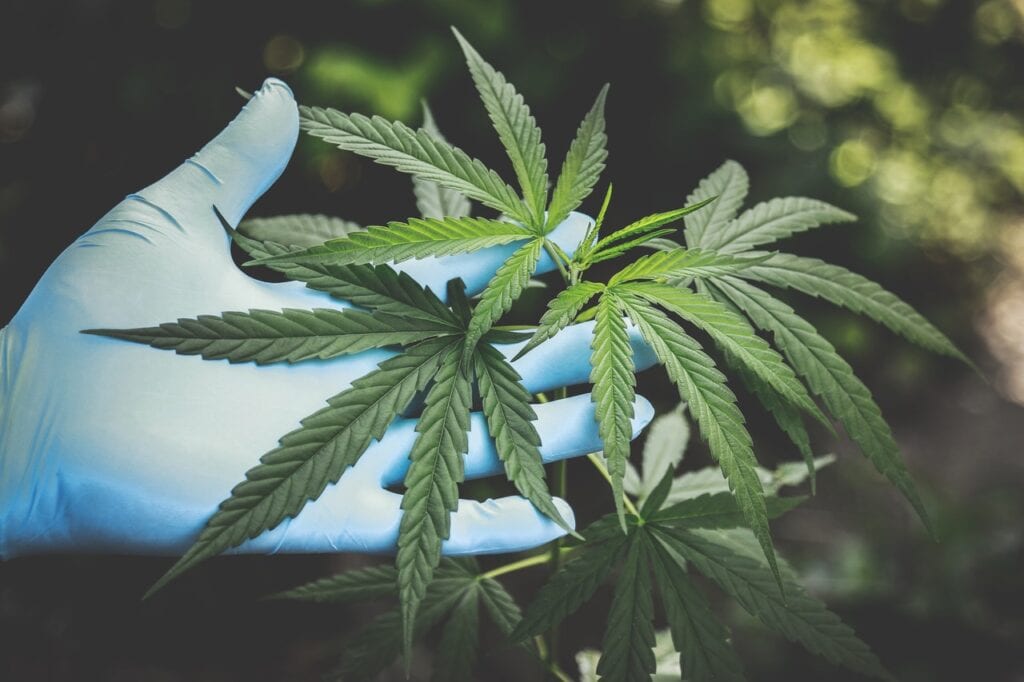
As cannabis becomes legalized in an increasing number of states, the development is actively opening doors to a variety of opportunities. With new modalities for cannabis research and innovative ways to produce consumable items, those who turn to this sector have plenty of options to explore at once.
But to unlock these chances of growth, those who want to make it big in the industry require special education and training. Otherwise, the combination of self-taught cannabis care and lack of hands-on experience can translate to more losses than gains in real-world settings.
That’s where a cannabis college comes in. By offering targeted education in the field of cannabis science, care, and management, these institutions give you all the tools you need to succeed in this fast-growing industry. This makes sure that you are all set to carve your path while knowing exactly what to do and what mistakes to avoid on the way.
The best part? With various entry-level programs, you don’t need to hold a graduate or a master’s degree to start on this journey. Instead, you can enroll in a cannabis science certification or college major even while being an undergraduate.
But exactly how do you enroll in a cannabis university and what does the process really look like from a candidate’s perspective? To help you find the answers, here’s a lowdown on this branch of education and the steps you may need to go through to access it.
Start by Looking for Local Laws and Regulations

Before you enroll in a cannabis education program, you must look into your state’s laws about marijuana consumption. This helps you ensure that you can put your education to good use in your current area of residence. Additionally, it also lets you determine if any local institutions in your region offer in-person cannabis science and management programs.
With that being said, it’s important to note that various institutions offer online programs regarding cannabis education that don’t require you to be physically present in their classes. This provides you with an excellent option to enhance your knowledge without having to move from home. An online cannabis college is also more convenient if you want to obtain your required education before moving to a state where medicinal or recreational cannabis is legal.
Find a Reliable Institution With Both Online and In-person Learning
Whether you want to enroll in an online program or an in-person class, you should select a college that offers both modalities. This makes sure that you aren’t restricted by the unavailability of either of the options. As a result, you have the flexibility to switch right until you start the program but without changing your institution altogether.
In addition to multiple modalities, you should also ensure that your chosen institution offers an extensive educational program in both segments. Learn Sativa University is an excellent example in this regard, where the college offers extensive educational opportunities in both online and in-person settings. You may click here to access the institution’s enrollment program and learn more about the college itself.
Fill Out the Application Form With Relevant Details

No matter the type of institution you want to enroll in, every reliable entity would require you to fill out a basic application form. Despite being sent to a cannabis college, this application form typically follows the same format as any other similar institution. This makes it easier for you to provide the required details without feeling out of place due to the novel nature of the program.
The details may vary depending upon the type of program for which you are submitting your application. With that being said, all application forms typically need your contact information as well as basic details such as your educational background and reason of interest in the program. Since none of these details are too difficult to fill out, you can easily submit the form without any additional help.
Wait for Your Enrollment Results
Due to the increasing demand for cannabis education and the onslaught of candidates, most institutions now make it a point to assess different applications before approving them. As a result, you typically need to wait for a few days before determining if your application was accepted by the respective college. Waiting for an answer may seem difficult. But the process is necessary for institutions to select suitable candidates for their programs.
Once your application is processed, you can receive a clear answer about its status. The response is typically emailed by the cannabis college, making sure that you don’t have to wait by your conventional mailbox for a letter of acceptance. After you receive your results, you can plan your next move. In case your application is accepted, this leads you towards the steps of paying the tuition fee and preparing for your classes.
Pay for the Tuition Fee and Get Ready for Your Class

Whether your preferred cannabis education involves a bachelor’s degree or a targeted certification, you need to pay specific fees to move forward with actual classes. This fee can be quite significant for long-term programs and remains minimal for short-term courses. With that being said, reliable institutions ensure to make their solutions as affordable as possible.
Once you have paid the required tuition fee, you can move forward with attending your classes according to the outlined schedule. From there, it is just a matter of following through with your online or hands-on education and continuing with your program as outlined in your module. The rest of the process works similar to any other educational degree or certification that follows a traditional subject.
While specific intricacies of the process may differ from institution to institution, the general outline remains the same. By keeping this information in mind, you can easily find the perfect cannabis university for your needs and move forward with gaining the knowledge that you require to make it big in the industry.
There are quite a few opportunities present within the industry and it is still an emerging area.




